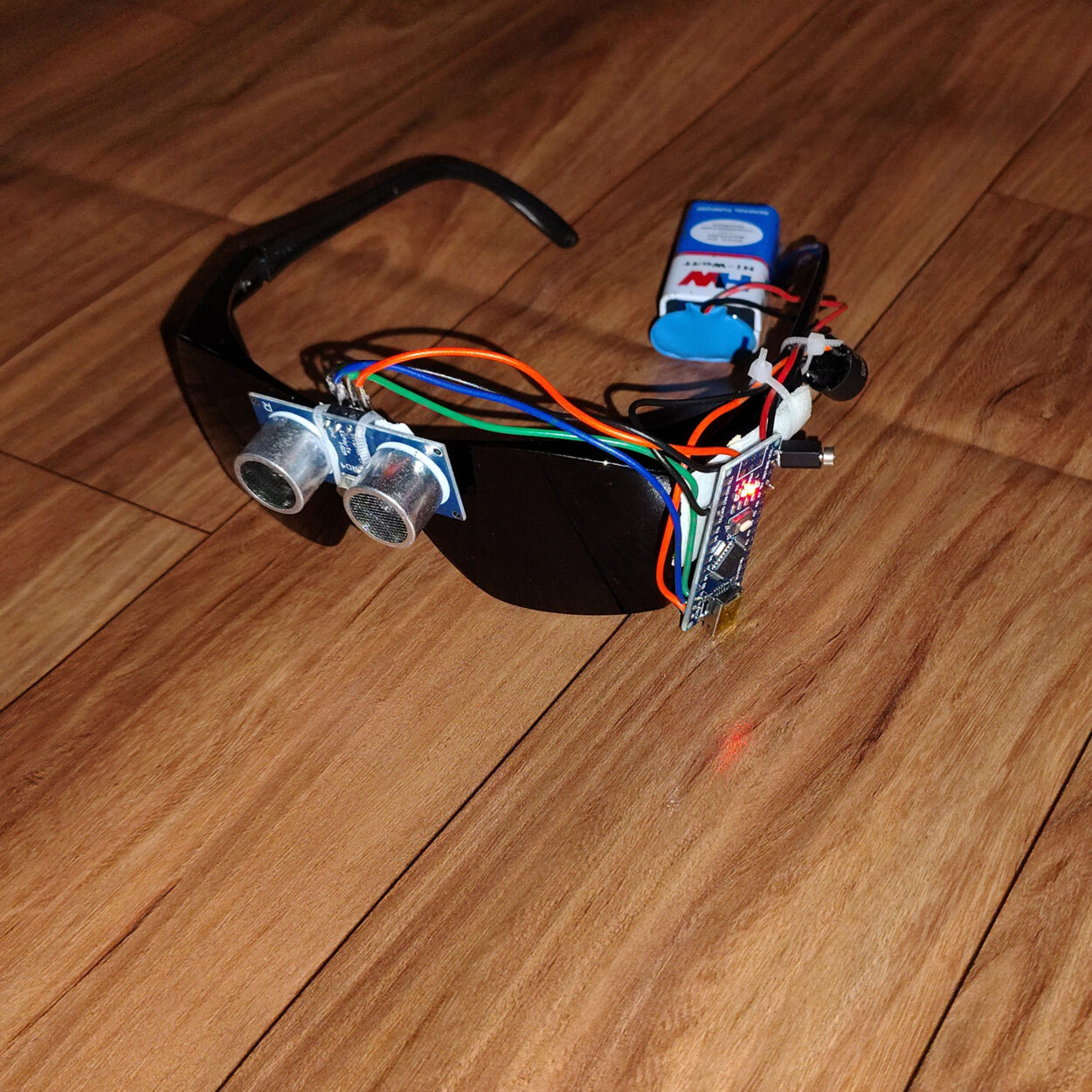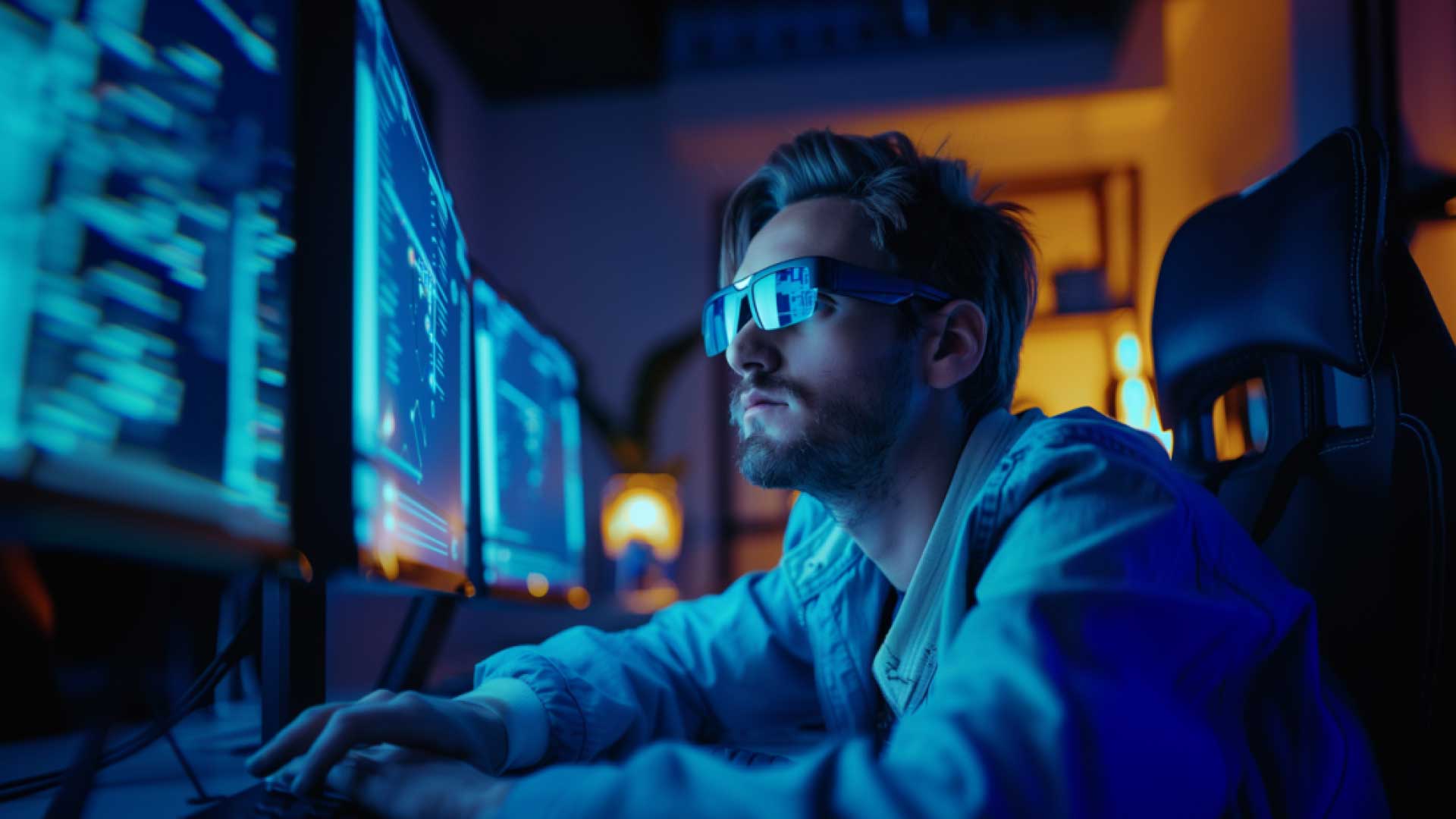Enhancing Ease Of Access With Assistive Innovation for the Blind
The combination of assistive modern technology for the blind stands for a critical development in accessibility, basically changing how people browse their environments and involve with culture. As we explore the varied types of assistive devices and their substantial effects on daily living, it comes to be necessary to analyze just how continuous technological innovations are reshaping the landscape of support for the blind neighborhood.
Summary of Assistive Modern Technology
Assistive innovation describes a series of devices and software program developed to boost the abilities of people with specials needs, including those who are aesthetically impaired or blind. This modern technology plays an important duty in promoting freedom and improving the top quality of life for users. By supplying alternative techniques for accessing information and carrying out day-to-day tasks, assistive innovation empowers individuals to browse their environments much more properly.
The development and application of assistive modern technology embrace a range of concepts targeted at cultivating ease of access. These concepts include user-centered style, which prioritizes the requirements and choices of the individual, and the combination of modern technology right into everyday activities. Such innovations ensure that assistive gadgets are not only functional yet easy and likewise user-friendly to make use of.
Furthermore, assistive innovation includes a varied range of remedies, from low-tech options like magnifiers to modern technologies such as screen visitors and Braille screens. The continuous advancement of this area is driven by the demand to resolve the unique challenges faced by people with visual impairments (Wearable technology for low vision). As innovation proceeds to breakthrough, the possibility for boosting accessibility and advertising inclusivity continues to be encouraging, inevitably adding to an extra fair culture

Kinds Of Assistive Devices
Countless kinds of assistive gadgets are readily available to support individuals who are aesthetically impaired or blind, each designed to attend to details needs and difficulties. These tools can be extensively categorized right into three main types: low-tech, mid-tech, and state-of-the-art remedies.
Low-tech devices consist of items such as magnifiers, Braille labels, and tactile maps. These are fairly simple devices that improve the customer's capacity to interact with their environment without needing complicated innovation.
Mid-tech devices typically include advanced features, such as electronic magnifiers and portable Braille note-takers. These devices can offer functionalities like speech output, allowing customers to gain access to information extra efficiently.

Influence On Daily Living
The accessibility of numerous assistive tools dramatically boosts the lifestyle for individuals that are aesthetically damaged or blind, influencing their day-to-day living in extensive means. By incorporating modern technologies such as screen visitors, Braille shows, and audio summary services into their routines, users gain greater freedom and freedom. These devices assist in accessibility to information, allowing individuals to perform everyday jobs, such as reviewing e-mails, navigating public spaces, and enjoying media web content.
In addition, assistive tools equip individuals to engage even more completely in social interactions and community tasks. The capacity to use smartphones equipped with access attributes permits seamless interaction and link with others. This connection fosters a feeling of belonging and minimizes feelings of isolation.
In expert setups, assistive technology supports efficiency by permitting people to complete work jobs effectively. Tools like voice acknowledgment software application and specialized zoom tools allow users to join the labor force on equal ground with their sighted peers.

Innovations in Technology
Current technical innovations have actually dramatically changed the landscape of tools offered for individuals who are aesthetically damaged or blind. The combination of expert system (AI) and artificial intelligence has glass vision actually triggered applications that improve navigation and item recognition. For instance, smart device applications can now utilize AI to identify and define environments in real-time, offering users with beneficial contextual details.
Additionally, innovations in haptic modern technology have led to the growth of smart walking canes furnished with sensors that identify challenges and offer tactile responses. This empowers customers to browse their atmosphere with increased confidence and freedom. Moreover, innovations in text-to-speech software program and braille displays have actually improved the eye health care access of digital web content, permitting smooth interaction with numerous media.
Wearable innovations, such as clever glasses, are additionally making strides in aiding visual disability. As modern technology proceeds to evolve, the potential for even more transformative tools stays on the perspective.
Future Trends and Innovations
As innovation rapidly proceeds, the future of assistive tools for people who are blind holds immense assurance. Advancements in synthetic intelligence (AI) and equipment knowing are poised to change the method blind customers engage with their environments. AI-driven applications are being established to enhance item recognition, enabling customers to determine and browse their surroundings with better ease and precision.
Moreover, innovations in haptic feedback innovation are enabling the development of responsive maps and navigation help that provide real-time info via touch. These developments not just boost movement yet also foster self-reliance. In addition, wearable devices geared up with enhanced fact (AR) features are emerging, using customers aesthetic details through audio descriptions, therefore bridging the space in between the physical and digital worlds.
Moreover, the assimilation of smart home technology provides brand-new possibilities for accessibility, enabling people to regulate their living settings through voice commands or smartphone applications. As partnership in between technology programmers and the blind community continues, the focus on user-centered style will make sure that future technologies are customized to fulfill the unique needs of this population (Wearable technology navigate here for low vision). The trajectory of assistive innovation guarantees a much more comprehensive and empowering future for people that are blind
Final Thought
In final thought, assistive technology plays an essential duty in improving access for individuals with visual impairments. Constant advancements in technology and user-centered layout guarantee that these tools provide efficiently to the unique demands of the blind neighborhood.
The integration of assistive modern technology for the blind represents a pivotal innovation in availability, fundamentally modifying how people navigate their settings and engage with culture.Assistive innovation refers to a range of gadgets and software made to enhance the capacities of individuals with handicaps, including those that are blind or visually damaged. Wearable technology for low vision.As technology quickly proceeds, the future of assistive devices for people who are blind holds immense pledge. The trajectory of assistive technology guarantees a more empowering and comprehensive future for people that are blind
In conclusion, assistive innovation plays a crucial function in improving accessibility for people with aesthetic disabilities.